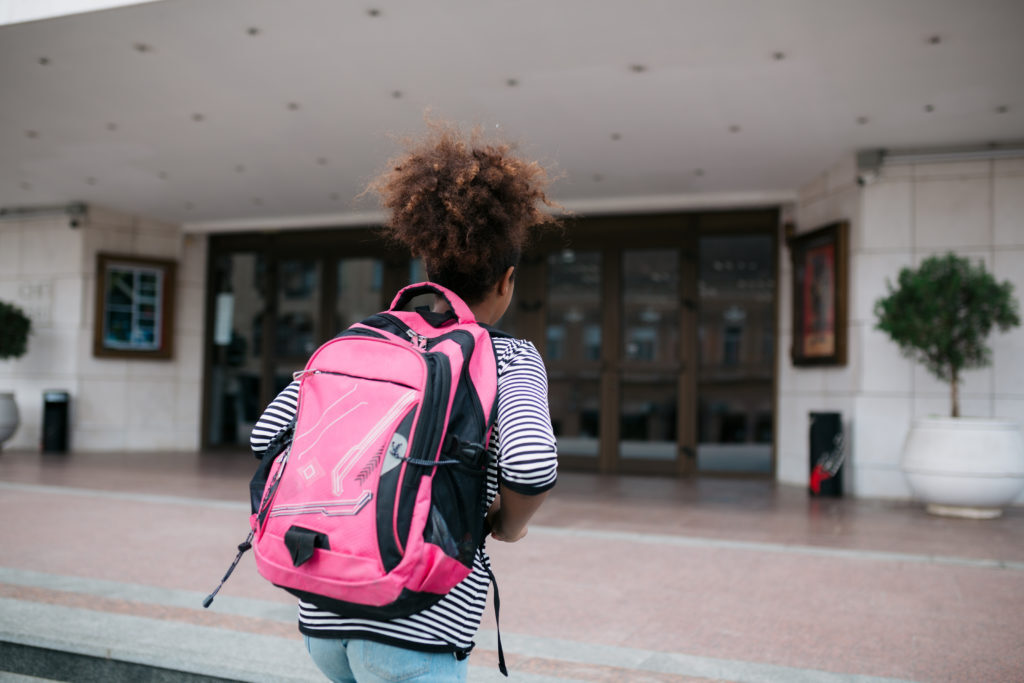For as long as schools have policed hairstyles as part of their dress codes, some students have seen the rules as attempts to deny their cultural and religious identities.
Nowhere have school rules on hair been a bigger flashpoint than in Texas, where a trial this week is set to determine whether high school administrators can continue punishing a Black teenager for refusing to cut his hair. The 18-year-old student, Darryl George, who wears his hair in locs tied atop his head, has been kept out of his classroom since the start of the school year.
To school administrators, strict dress codes can be tools for promoting uniformity and discipline. But advocates say the codes disproportionately affect students of color and the punishments disrupt learning. Under pressure, many schools in Texas have removed boys-only hair length rules, while hundreds of districts maintain hair restrictions written into their dress codes.
Schools that enforce strict dress codes have higher rates of punishment that take students away from learning, such as suspensions and expulsions, according to an October 2022 report from the Government Accountability Office. The report called on the U.S. Department of Education to provide resources to help schools design more equitable dress codes.



Sure. If the only things you can wear are school issued and nobody is allowed to bring their lunch, and nobody is allowed to drive.
The vast majority of American dress codes for schools aren’t actual uniforms. You buy whatever you want that fits the dress code. And for white guys it comes down to, “please just wear something” while everyone else has to read a novella length dress code to figure out if their school clothes and hair from last year are still legal.